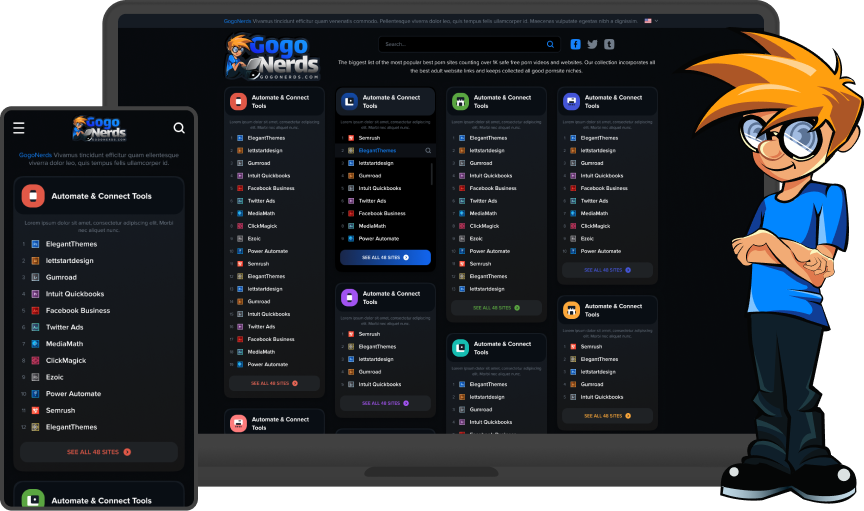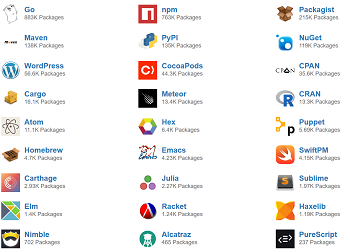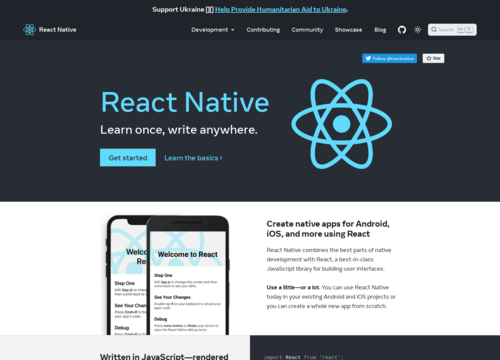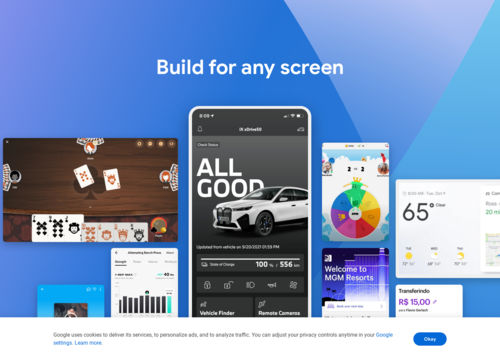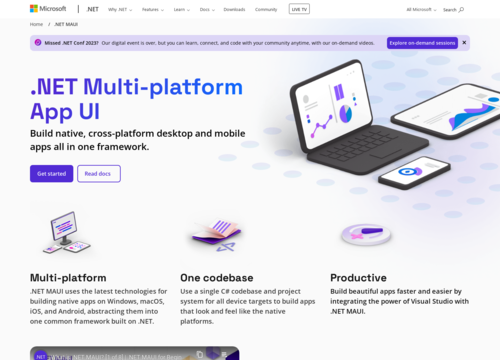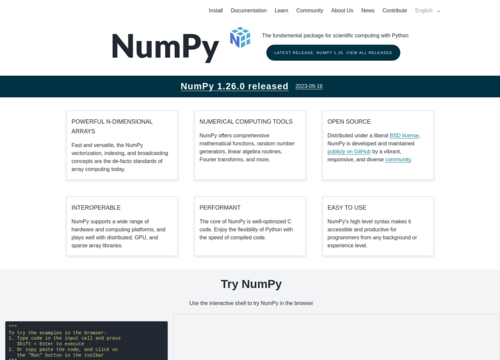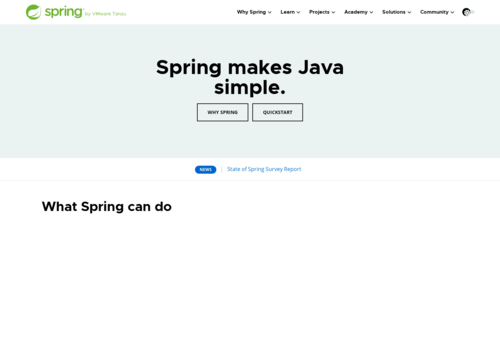React Native
https://reactnative.dev/React Native
React Native is a popular open-source framework for building mobile applications. It allows developers to use JavaScript and React, a library for building user interfaces, to create apps for both Android and iOS platforms.
Cross-Platform Development
One of the main advantages of React Native is its ability to enable cross-platform development. This means that developers can write the code once in JavaScript and deploy it on both Android and iOS platforms, significantly reducing development time and cost.
React Principles
React Native incorporates the core principles of React, like JSX (a syntax extension that allows mixing HTML with JavaScript), components, state, and props. This makes it easier for developers who are already familiar with React to transition to mobile app development.
Native Components
Unlike other JavaScript frameworks that render using web components, React Native renders using native components. This means that the user interface of apps built with React Native are composed of real mobile UI components, not webviews, resulting in a look and feel that is closer to native apps.
Performance
While not as performant as native apps written in Swift or Kotlin/Java, React Native offers better performance than traditional hybrid frameworks. This is because it communicates with native platform components and leverages native rendering, making the user experience smoother than in typical web-based applications.
Community and Ecosystem
React Native has a strong community and ecosystem. This means a wide range of libraries and tools are available to developers, making it easier to add features and fix bugs. The community support also means that it’s easier to find solutions to problems and learn from the experience of others.
Hot Reloading
One of its notable features is hot reloading, which allows developers to see the results of the latest changes instantly without recompiling the entire app. This speeds up the development process considerably.
Integration with Native Code
React Native can be integrated with native code written in Java, Kotlin, Objective-C, or Swift. This means that for parts of the app where native performance is critical, developers can write that logic in the native language, offering flexibility and optimal performance where necessary.
Limitations
Despite its advantages, React Native is not always the best choice. For highly complex and performance-intensive apps, native development might be preferable. Also, since it relies on bridging to native components, there can be a lag in support for the latest platform features until they are implemented in React Native.
Updates and Maintenance
React Native facilitates easier updates and maintenance. Since most of the codebase is shared between platforms, fixing a bug or updating features can be done in one place, reflecting across both iOS and Android. This reduces the maintenance cost and simplifies the update process.
Learning Curve
For web developers, particularly those familiar with React, the learning curve for React Native is relatively gentle. This allows for a smoother transition from web to mobile development. However, some understanding of native development concepts is beneficial, especially when dealing with platform-specific functionalities or when integrating native modules.
UI Focused
React Native is particularly strong when it comes to building user interfaces. Its component-based structure allows for building complex UIs with reusable, nestable components. This approach aligns with modern UI development practices and can lead to highly readable and maintainable code.
Access to Device Features
Through various libraries and modules, React Native apps can access device features like camera, GPS, accelerometer, and more. This makes it a versatile choice for building feature-rich applications.
Modular and Intuitive Architecture
The modular nature of React Native makes it easy for developers to dive into each other's projects and build upon them. This modularity also helps in creating a more dynamic and flexible approach to development, which can be beneficial for teams working in an agile environment.
Large Corporations Adoption
Big companies like Facebook (which created React Native), Instagram, Airbnb, and Tesla have used React Native in their mobile apps. This adoption is a testament to its reliability and efficiency in professional and large-scale application development.
Community-driven Updates and Improvements
Being an open-source framework, React Native benefits from contributions from developers worldwide. This means constant improvements, new features, and regular updates, keeping the framework up-to-date with current development trends and requirements.
React Native stands out as a powerful, efficient, and versatile framework for mobile app development. Its ability to blend the ease of JavaScript with the power of native components, along with its broad community support, makes it a strong choice for many mobile app development projects. However, it's important to evaluate specific project requirements, as there may be cases where going with native development or another framework could be more advantageous.

More Categories
Back To Home